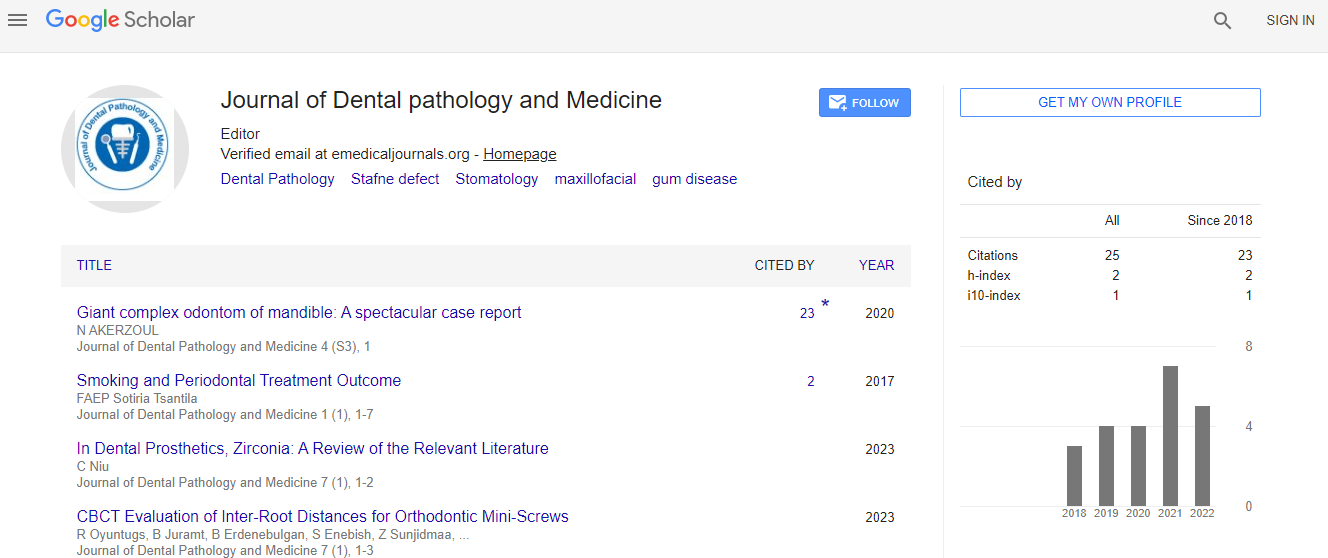Proximity of roots of maxillary posterior teeth to maxillary sinus floor in a sample of Pakistani population using Cone Beam Computed Tomography
*Corresponding Author:
Copyright: © 2020 . This is an open-access article distributed under the terms of the Creative Commons Attribution License, which permits unrestricted use, distribution, and reproduction in any medium, provided the original author and source are credited.
Abstract
The accurate relationship of maxillary sinus floor to roots of maxillary posterior teeth is important in dentistry especially in complex procedures. Failure of its evaluation may lead to sinus complications. CBCT is better for precise evaluation of such anatomical structures.
To evaluate the vertical relationship of the roots of maxillary posterior teeth with maxillary sinus floor in a sample of Pakistani population using cone-beam computed tomography (CBCT) and to relate it with gender and compare right and left sides.
ERC approval was obtained prior to commencement of the study. 60 CBCT scans of individuals aged between 15-65 years were evaluated. The cross-sectional images were reconstructed using GALAXIS version 1.9 and roots classified into Jungs classification for proximity to maxillary sinus floor. The distance in mm was measured using the software.
Descriptive statistics for Jungs classification was computed. Paired t-test was applied to evaluate bilateral symmetry and difference in gender.
Results
In 60 CBCT scans, a total of 1066 roots were evaluated. The most common maxillary tooth root in Type III group of Jung classification is the mesio-buccal root of the 2nd molar followed by palatal roots of 1st molar with the shortest mean distance of 0.44±3.05mm and 1.58±4.01mm respectively. The maxillary tooth root most frequent in Type I group is buccal root of 1st and 2nd premolars with mean distance of 8.15±6.65mm and 7.38±6.60mm respectively. No statistically significant difference was found between gender and sides. (p ≥0.05).
Conclusion
In a sample of Pakistani population, among the roots of the maxillary molars, the most common root protruding in the sinus, was the mesio-buccal root of the 2nd molar followed by palatal roots of 1st molar. The most distant maxillary tooth root from the sinus was the buccal root of 1st and 2nd premolars.
Keywords
Maxillary roots, CBCT, maxillary sinus, jung classification

